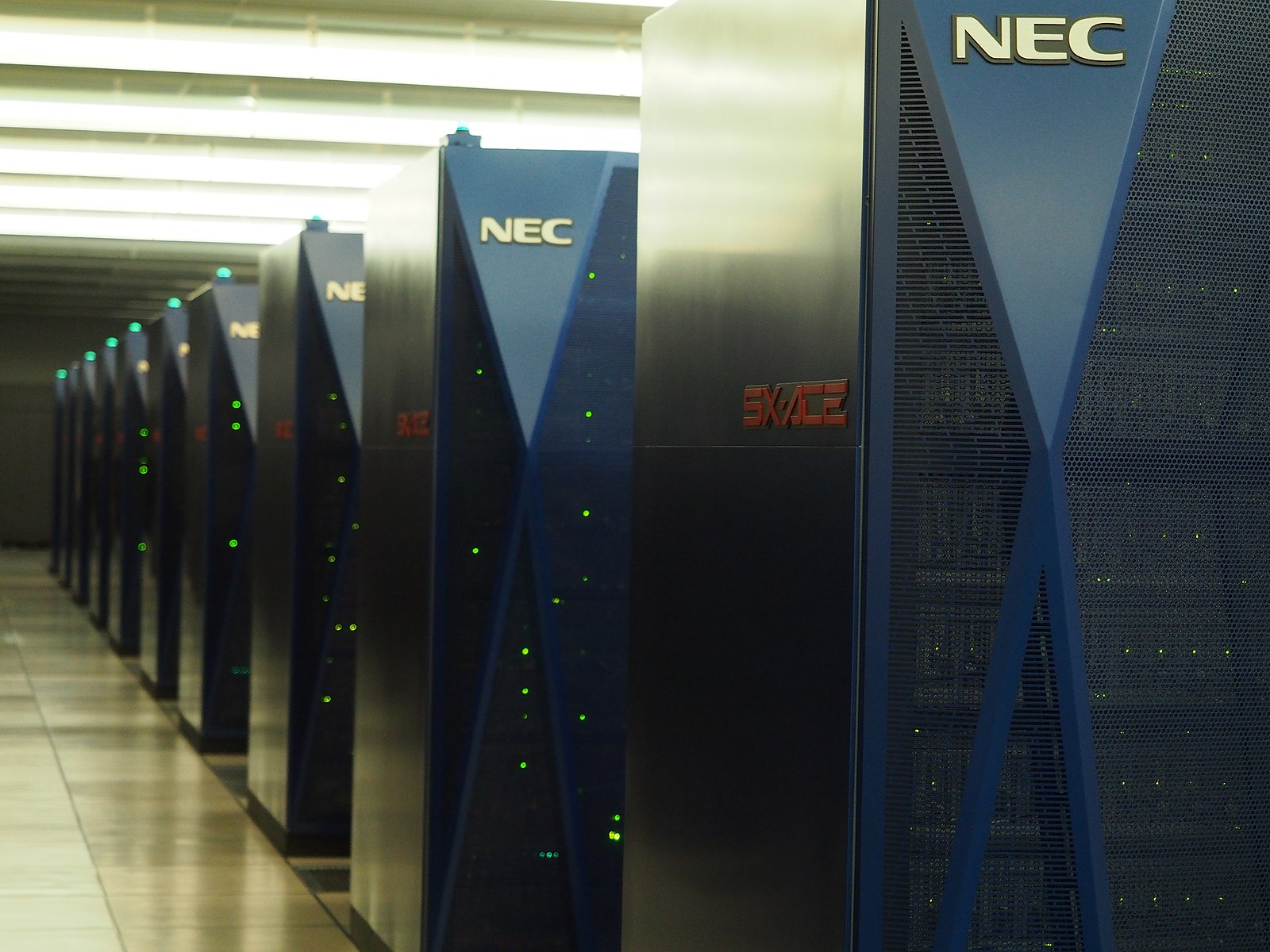
Japan Agency for Marine Science and Technology (The Japan Agency for Marine - Earth Science and Technology) signed a contract with the company to supply NEC supercomputer «the Earth Simulator» (ES) of the fourth generation. By processing huge amounts of data about the environment and the planet, the computer will be able to solve the most difficult problems in the field of life science on Earth. The launch of the supercomputer is scheduled for March 2021.
The system is based on SX-Aurora TSUBASA with vector accelerators from NEC and on the NVIDIA GPU A100 Tensor Core with tensor cores. The network connection will be done using NVIDIA Mellanox HDR InfiniBand 200Gbps.

It is assumed that the updated Earth Simulator will take place in the first part of the ranking of the top 500 supercomputers. Its maximum theoretical performance will be 19.5 petaflops.
Profile Earth Simulator - Research, development projects in the life sciences on the planet. The computer will cover topics such as marine resources, earthquakes, volcanic activity. It is reported that it will be used as a platform for numerical analysis and systematization of information about the global environment. ES 4 will be able to predict and help mitigate the consequences of emergencies and natural disasters.

Thanks to large-scale simulation, ES 4 will operate at a speed not available in previous supercomputers.
The beginning of the ES era
The first ES series supercomputer, ES1, was created by a Japanese agency in 2002. At the same time, the first Earth simulator was launched. In 2002 ES1 ranked first in the top 500. The aim of the project is to study the problems of global warming and the most important issues of geophysics. The ES 1's performance was 35.86 teraflops. Today, similar performance can be achieved with four A100 GPUs.
In 2009, the ES 2 appeared at 131 teraflops with the NEC SX-9 / E architecture. The total amount of memory ES 2 is 20 TB.

In 2015, the Japanese developed the third generation - ES 3. Its performance is 1.3 petaflops. ES 3 architecture - NEC SX-ACE. The amount of RAM is 320 TB. An interesting nuance - ES 3 is almost twice as large as its successor, but has the same level of power consumption.
The most powerful supercomputer of our time is also in Japan. This isFugakuwith 415.53 petaflops. True, now its functionality is limited, since not all blocks have been put into operation. Therefore, the currentperformanceFugaku - "only" 89 petaflops, the rest are being commissioned. Fugaku has been in development for 6 years at a cost of $ 1 billion. The computer is equipped with Fujitsu A64FX processors, in the top 500 it is one of the few ARM-based computers. Fugaku's capacity is 28.3 MW. In second place in the ranking is the American Summit with a performance of 148.6 petaflops.
